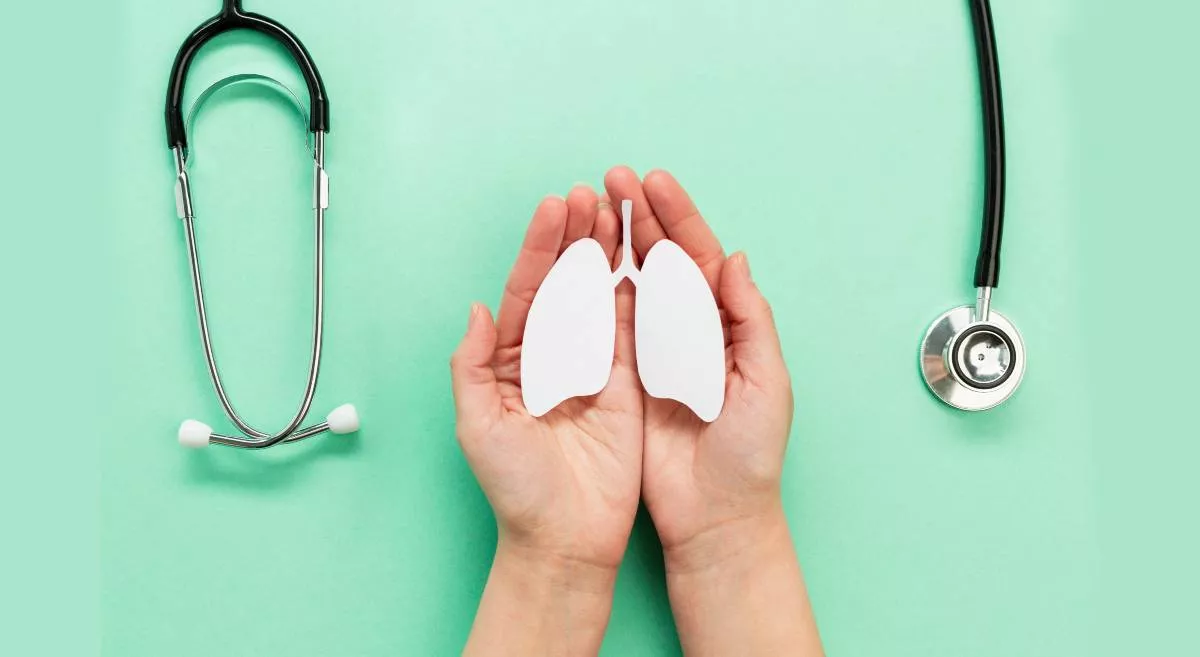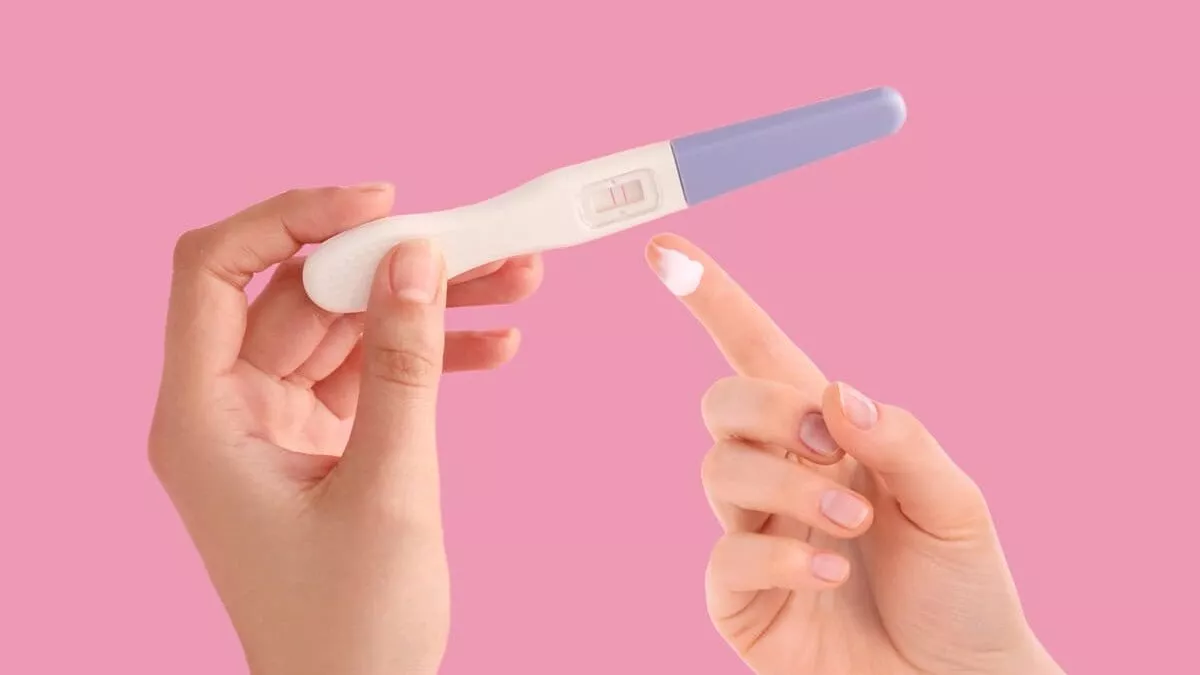Children have become more frequently affected by chronic kidney disease (CKD) over the past 20 years. When a child is diagnosed with CKD, every parent would have numerous concerns about what will happen next, how their child will feel and what treatments would likely be used. Visit the best nephrology hospitals right away to receive the right treatment for your child. If you are looking for specialized care, choosing a trusted Child Care Hospital in Hebbal Bangalore ensures comprehensive evaluation and treatment.
What is CKD?
CKD, often known as chronic kidney failure, is characterised by a progressive loss of renal function. The kidneys eliminate wastes and surplus fluid from the blood, which is then passed through urine. If you have advanced chronic renal illness, your body may accumulate dangerous levels of fluid, electrolytes and wastes. When CKD first develops, you may not notice any signs or symptoms. Kidney illness may go unnoticed until it's already advanced.
Once patient reaches end-stage renal disease, his native kidneys cannot sustain life. Some form of renal replacement therapy in the form of dialysis or kidney transplantation is needed to sustain life.
Symptoms:
The signs and symptoms of the chronic renal disease develop over time if kidney damage occurs gradually. An accumulation of fluid, a build-up of body waste or electrolyte issues can all be brought on by kidney failure. Loss of kidney function can result in any of the following symptoms, depending on how severe it is:
- Nausea
- Vomiting
- Appetite loss
- Fatigue and weakness
- Increased or decreased urination
- Decreased mental clarity
- Muscle cramps
- Swelling of the feet and ankles
- Dry, itchy skin
- Difficulty controlling blood pressure (hypertension)
- Breathing difficulties if fluid builds in the lungs
- Chest pain if fluid builds around the heart's lining
The symptoms and signs of kidney disease are frequently vague and overlap with other disorders. As a result, they can be caused by various disorders. You might not experience symptoms until irreversible damage has occurred because your kidneys can compensate for lost function. Consulting Paediatricians & Neonatologists in Hebbal Bangalore can help detect early signs and manage treatment effectively.
What are the reasons for kidney disease in children?
Paediatric kidney illnesses can be brought on by various reasons, which include:
- Birth Defects
- Urine Blockage
- Reflux
A birth defect is a disorder that occurs while the baby is developing in the womb. The size, form or position of the kidneys or the collecting system is abnormal. Renal agenesis, renal dysplasia, ectopic kidney, vesicoureteric reflux and posterior urethral valve are all examples of birth defects. Most of the children with these disorders usually lead healthy lives. However, certain children with renal agenesis or renal dysplasia or vesicoureteric reflux are at a higher risk of developing kidney disease. Children with vesicoureteric reflux and posterior urethral valves are more prone to urinary tract infections.
Infection
Urinary tract infection in children can be troublesome. Any child with an episode of urinary tract infection should undergo detailed evaluation to rule out abnormalities in the kidney and urinary tract.
Hereditary Diseases
Hereditary kidney diseases are illnesses carried from parent to child through genes. One such disease is polycystic kidney disease, which is characterised by numerous clusters of malformed sacs that resemble grapes and are filled with fluid and cause both kidneys to enlarge over time. These cysts encroach onto and destroy working renal tissue. A gene mutation of the protein that makes up the glomeruli, which contains collagen, causes Alport syndrome, another genetic disease. Scarring of the kidneys occurs as a result of the disorder. Boys are often more severely impacted by Alport syndrome than girls, which manifests in infancy. The disorder can lead to hearing and visual issues in addition to kidney dysfunction.
Acute kidney Injury
Dehydration, burns, bleeding, accidents or operations can all cause extremely low blood pressure, which restricts blood supply to the kidneys. Insufficient blood supply can cause acute renal failure.
Nephrotic Syndrome
Children with nephrotic syndrome classically present with facial puffiness, leg swelling and foamy urine . It is characterised by hyperlipidaemia, oedema, low levels of albumin in the blood, albuminuria and lipiduria.
FAQS
1. What is a normal creatinine level in a child?
The normal creatinine level is between 0.5 and 1.0 mg/dL for kids between 3 and 18 years of age. For kids under 3 years of age, the normal level is between 0.3 and 0.7 mg/dL.
2. What is the consequence of persistent renal dysfunction in children ?
Because of chronic renal failure, wastes and toxins can accumulate in the blood, causing problems like anaemia, hypertension, protein in the urine and inadequate nutrition.
3. What medications help in improving kidney function?
Blood pressure medications such as angiotensin-converting enzyme inhibitors and angiotensin receptor blockers may decrease the decline in renal function and postpone kidney failure. Steroids and other immunosuppressant medications are helpful in immune mediated kidney diseases.
4. Is there any treatment for CKD?
CKD can be managed with medications, control of BP. Once patient reaches end stage renal disease, renal replacement therapy in the form of dialysis or transplantation is needed to sustain life.
5. How is CKD diagnosed?
Urine and blood tests and ultrasound examination can be used to identify CKD





